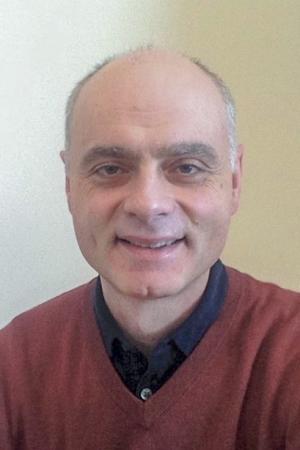
Stanislav Boldyrev
Stanislav Boldyrev
University of Wisconsin-Madison
Friday, April 26, 2019
3:00pm
NW17-218
Abstract: Plasma turbulence is ubiquitous in many natural systems, including the interstellar medium, the solar wind, solar corona, and planet magnetospheres. Numerical simulations, observations, and analytic models suggest that strong magnetic plasma turbulence forms anisotropic sheared magnetic structures that are not necessarily associated with energy dissipation, rather, they appear in a broad range of scales. We argue that given large enough Reynolds number of turbulence, such magnetic structures may become unstable to the tearing modes thus initiating processes of magnetic reconnection. Tearing-unstable structures will, in turn, modify the turbulent fluctuations at the corresponding scales. The processes of magnetic turbulence and magnetic reconnection are, therefore, inherently related. We overview some recent numerical and observational results that are consistent with this newly emerging picture of reconnection-mediated magnetic plasma turbulence.
Bio: Dr. Stanislav Boldyrev is a theorist working in the fields of plasma physics, space physics, and astrophysics. He studies magnetohydrodynamic and kinetic plasma turbulence, plasma waves and instabilities and their rolein the solar wind, interstellar medium, accretion discs, and other systems. His current projects include the role of magnetic reconnection in turbulence, the structure of space plasma turbulence at very small, sub-proton-gyroradius scales, magnetic turbulence and magnetic dynamo action in accretion discs, the role of wave-particle interaction in forming the non-Maxwellian electron distribution functions in the solar wind. Dr. Boldyrev received his Ph.D. from Princeton University in 1999. Before joining the faculty of the University of Wisconsin, he worked as a postdoctoral fellow at the Institute for Theoretical Physics, Santa Barbara (now Kavli Institute for Theoretical Physics) and as a research associate at the University of Chicago.